First Devlog Post!
So I‘ll Make a Videogame
I propose to make a little videogame for the upcoming Playdate console, and if things go as planned, to make it part of a trilogy.
Here I’ll document the development process, along with anything relevant to the projects, through bite sized illustrated logs. I’ll share screenshots, videos, sound bits, sketches, and without recording every detail, I want to at least show the noteworthy.
More than just a technical how-to, I hope I can share my state of mind as I face technical and artistic hurdles in a genuine and transparent way, including mistakes, doubts, and even frustrations, as they’re essential to any creative endeavor. Learning, and getting advice from the smarter, more talented or experienced than me is part of why I’m doing this, so criticism and suggestions are welcome. It’s all for the best in the end.
Today I’ll go over what it is I’m proposing to make, and why.
Why the Playdate? It’s yellow, it has a tiny 1-bit screen and even a crank and it’s going to be awesome.
You can learn all about it there.
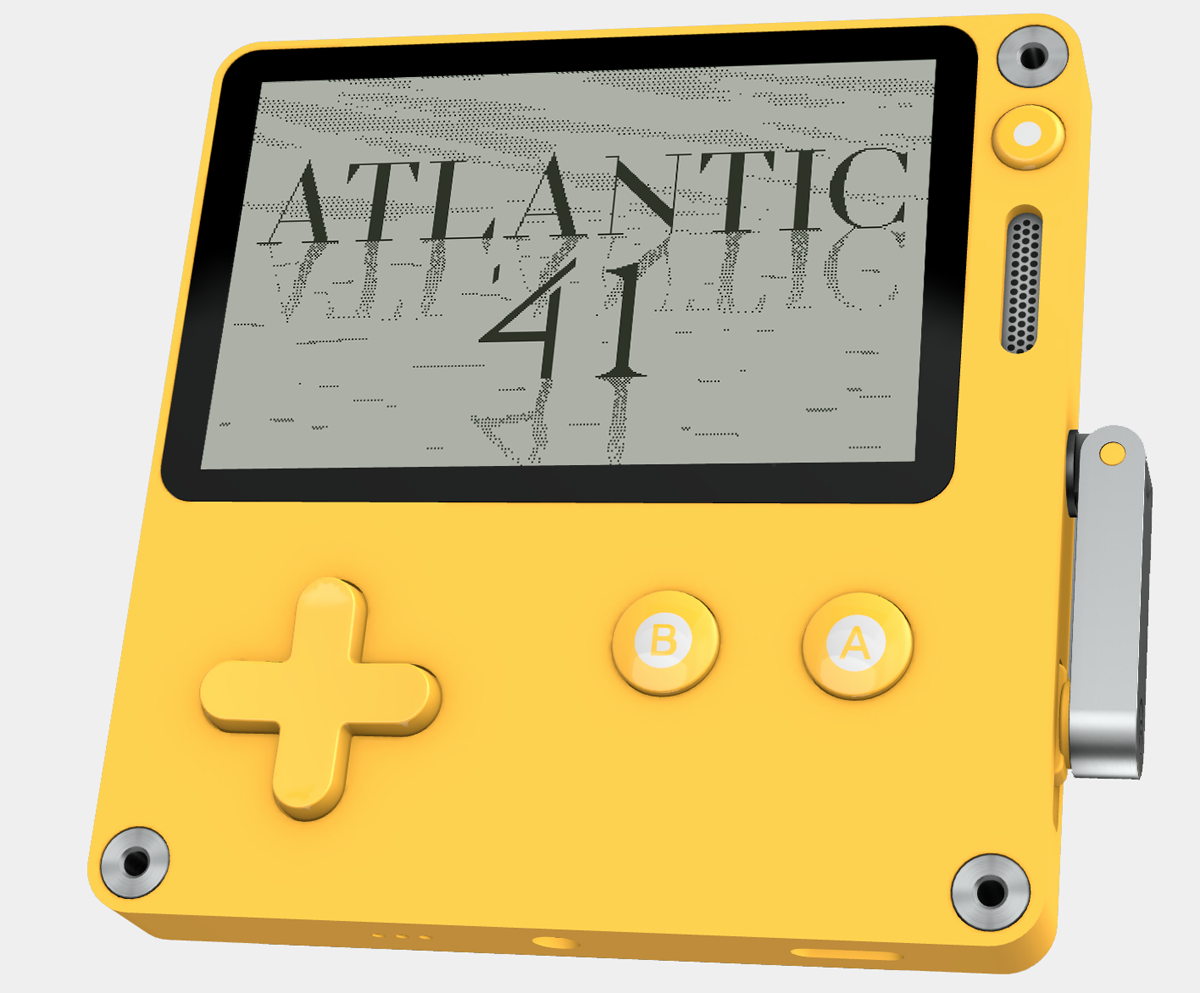
Mainly though, it harkens back to the Gameboy, and even before that the Nintendo Game&Watch series. Remember these tiny black and white LCD portable games that were also a clock and an alarm? They all featured the same cute cartoon guy, and they went “beep! Boop!”. I love them. I even collect them. I could spend hours in Snoopy Tennis.
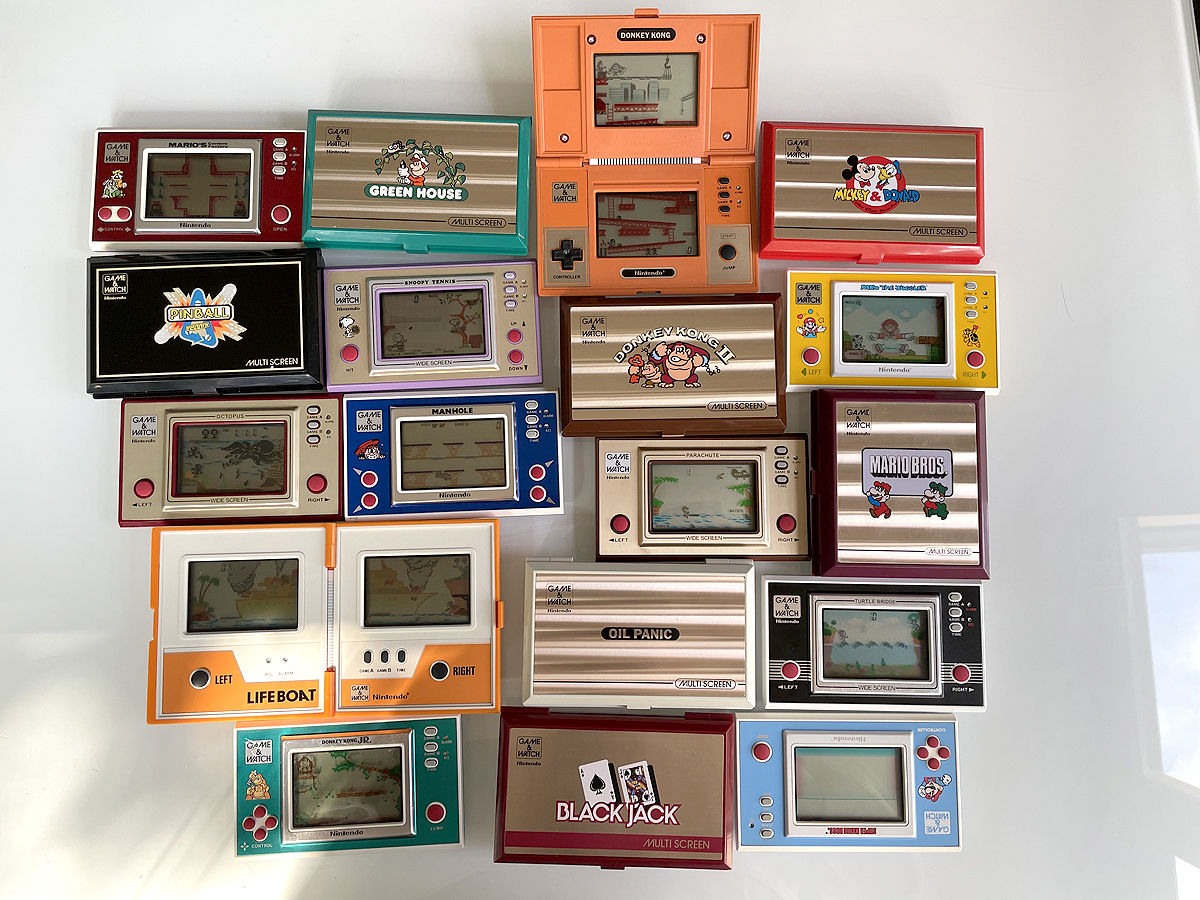
The adorable collection
I was also fond of 1-bit HyperCard games for the Macintosh, and Infocom text adventures. I think the visual limitations of retro games conveyed a sense of wonder, leaving the player to fill in the blanks. When I was running around as a mere square in Adventure on the ATARI 2600, not once did I question the legitimacy of this world (granted I was 10 years old). I can think of many other games that made a strong impression on me in spite of their crude graphics and sound; The powerful yet succinct descriptions of Trinity, the genuine sense of dread at the view of the 16x16 balrogs in Exodus Ultima III.
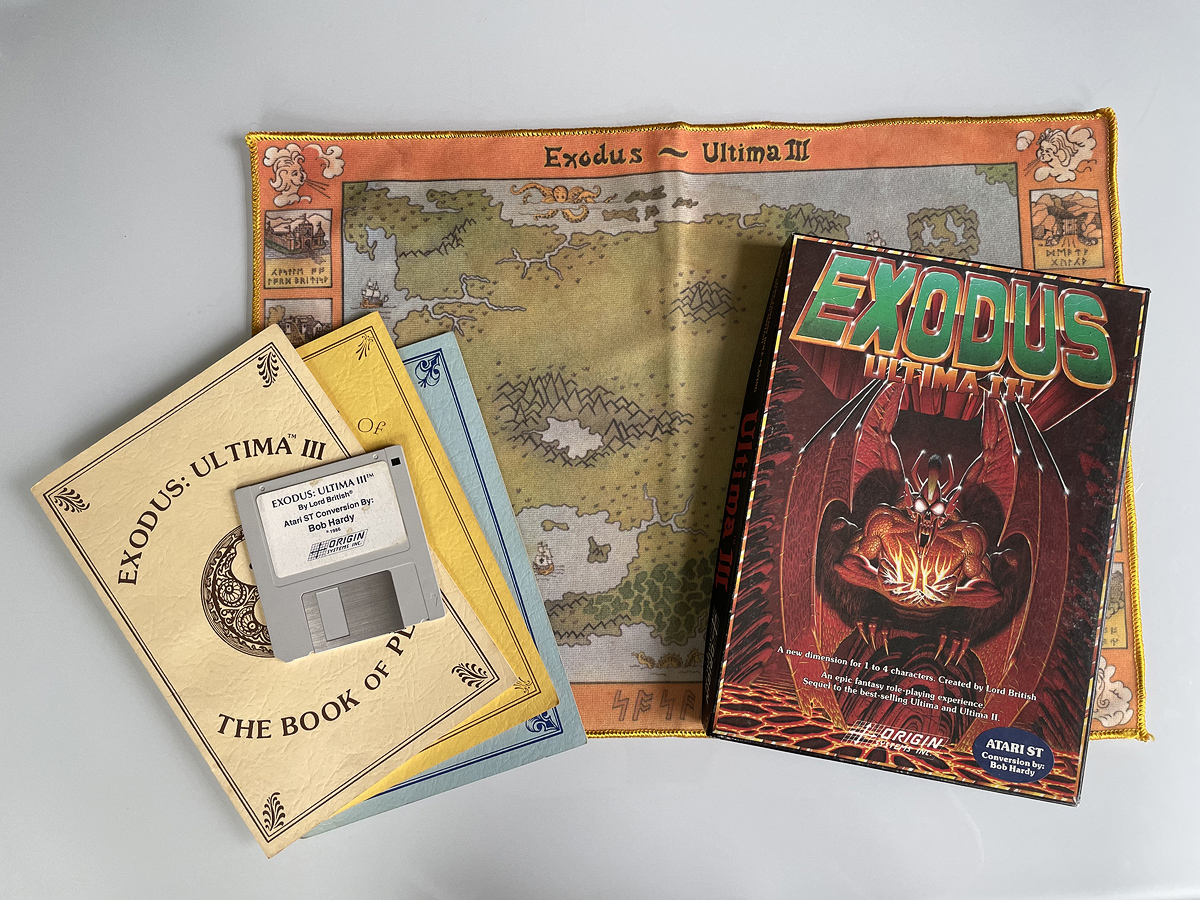
Exodus Ultima III
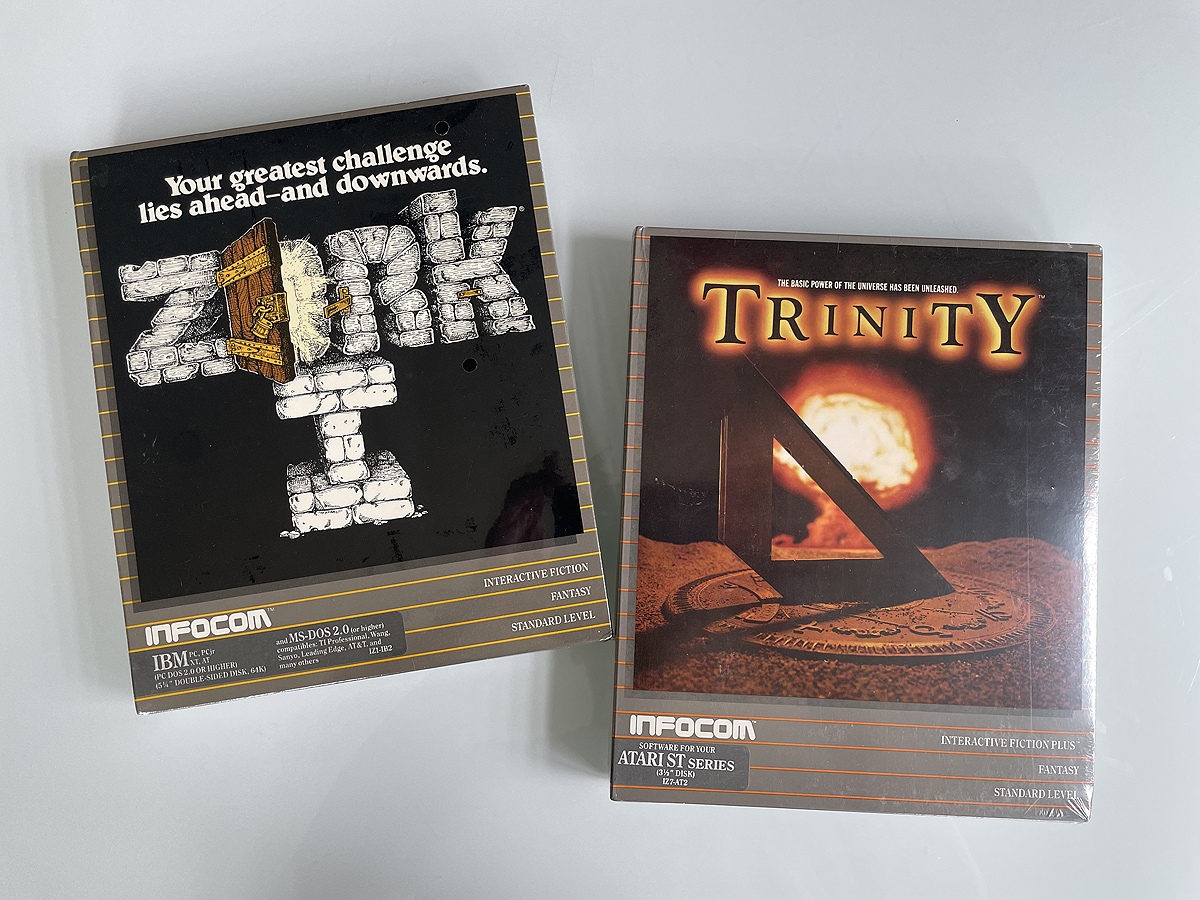
Infocom classics
But more importantly I miss developing games on my own. That’s why I chose the Playdate, I think. It has the look and feel that I like, the limitations that fuel my imagination, and player’s expectations align with what I can handle on my own. Plus, Panic (who build the Playdate), said that the tools and the distribution of games will be open to everyone, and I have no reason not to believe them.
The Game(s)
In terms of gameplay, I’m going to tap into the genres I love; simulation, management, wargames. As for the theme, I chose the Second World War, for reasons I’ll get into in further log entries. And I love airplanes and tanks and submarines, oh my! Thus I’ll make three simulation/strategy games for the Playdate, each one putting you in command of a vehicle and its crew, each game covering one of the three major theaters of the conflict.
For now, I call them “Atlantic ‘41”, “Europe ‘44”, and “Pacific ‘45”.
Here’s what I’m thinking for each game:
“Atlantic ‘41”: German U-boat crew hunting convoys in the Atlantic and the Mediterranean.
“Europe ‘44”: American tank crew liberating France, then moving into Belgium and Germany.
“Pacific ‘45”: American B-29 bomber crew making bombing runs over islands of the Pacific as well as Japan.
All the games should share a look and feel, an old school DNA of turn based strategy, crew management, sprinkled with random events and snippets of dialogue. However I don’t want to make a digital board game with three different skins. I have to take advantage of the medium, and each game should have their own unique game mechanics to support the immersion and simulate the specific chalenges and situations that these crews experienced. As I’ve mentioned before, I believe in the capacity for technically limited games to be both immersive and compelling in their own way.
Most turn based simulation games follow a similar structure, where a mission is comprised of a series of phases, each phase divided into more granular turns or rounds. Let’s take “B-17 Queen of the Skies” as an example; first you select the target, then it’s take off, then navigation, encounters, more navigation, bombing run, some more navigation, more encounters, then return to base and landing. Within each block, events and encounters are resolved with tables and dice rolls.
I think I need to keep that structure, and some randomness of events, but with all the dice rolls and events resolved under the hood.
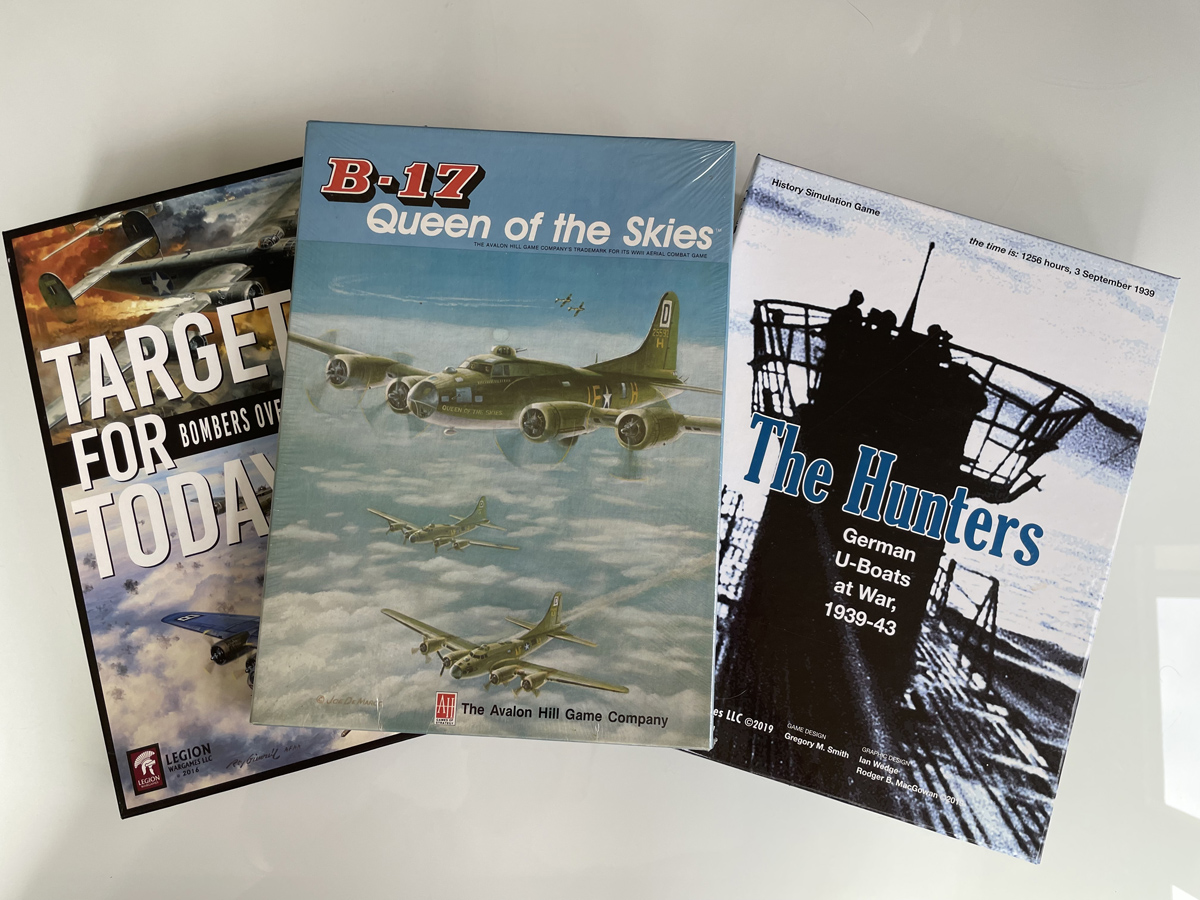
Solitaire boardgames
However, I really want to make use of the medium to offer engaging gameplay mechanics to replace the dice rolls, and complex branching paths instead of the binary choices of board games. But, and this is important, I don’t want to turn the experience into a collection of mini action games. That would be the worst. At the core, I want all the components to interlock into a cohesive flow, and the game to remain turn based. The challenge involves strategic decisions and resource management, not action skills. I also want to explore the human component, which is often absent in strategy and simulation. Human emotions, personal relationships, individual skills and issues, all played an important part, especially in situations where men had to rely on each-other in long periods of isolation and intense stress.
Where it All Starts
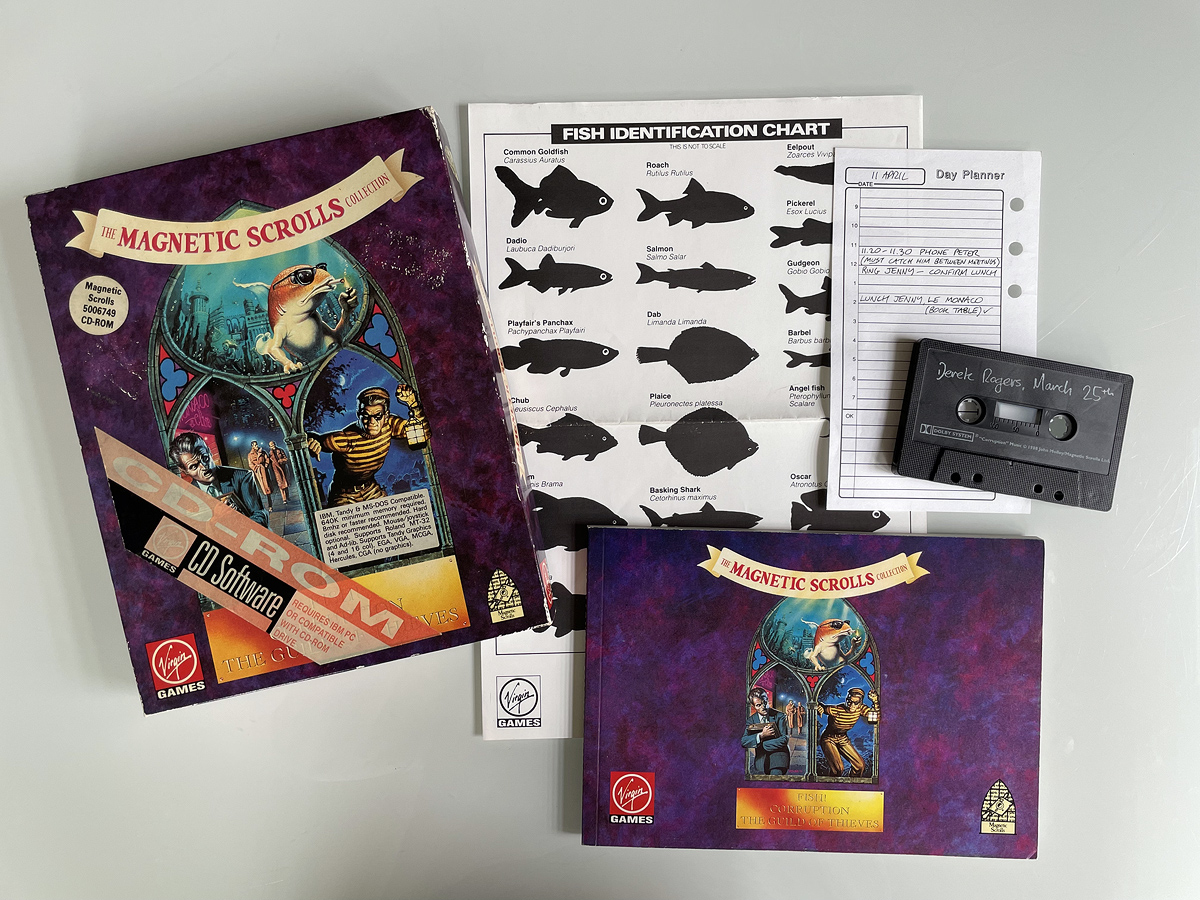
Magnetic Scrolls Collection
For gameplay, I am a big fan of simulation oldies like “Silent Service”, and other Sid Meier classics, “Railroad Tycoon”, and “Civilization”. I played many of the Ultima games, which captured a sense of journey like few games have been able to. I’ve played flight simulators since Microsoft’s “Flight Simulator 2” on the ATARI ST, and there again, there’s major lessons about creating immersion on limited systems.
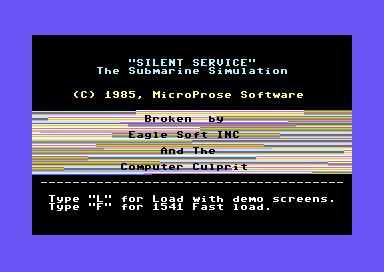
Silent Service by Sid Meier, C64
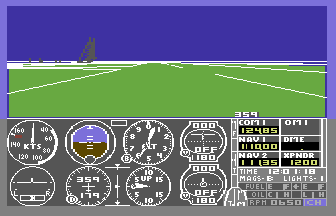
Flight Simulator 2 running on Commodore 64
But among other gameplay references, I must cite board games, like “The Hunters”, “Patton’s Best”, “B-17 Queen of the Skies”, “Target for Today”. Again, the takeaway is how to craft a compelling experience without visuals (at least not animated) nor sound. However I think player’s interaction with the game and their level of involvement are too limited in these board games, and must be expanded in video game form.
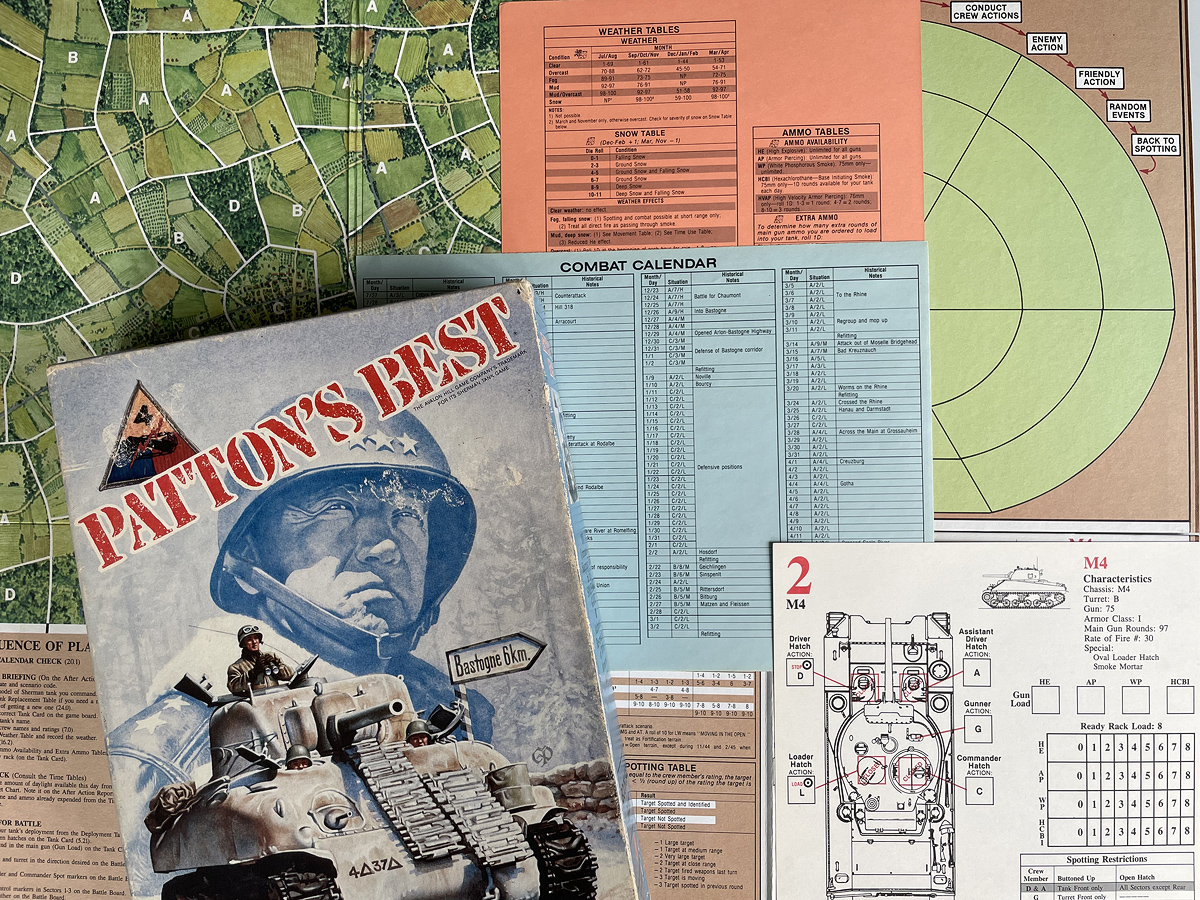
Patton's Best
I can’t do without film references either. I’ve watched too many World War 2 movies to even begin an exhaustive list, but here’s the most relevant:
“The Bridge on the River Kwai” / David Lean (1957)
“Patton” / Franklin J. Schaffner (1970)
“The Great Escape” / John Sturges (1963)
“The Sand Pebbles” (not WW2 per say but close enough) / Robert Wise (1966)
“A Bridge Too Far” / Joseph E.Levine (1977)
“Das Boot” / Wolfgang Petersen (1981)
“Memphis Belle” / Michael Caton-Jones (1990)
“Saving Private Ryan” / Steven Spielberg (1998)
“Band of Brothers” / Steven Spielberg, Tom Hanks (2001)
“Fury” / David Ayer (2014)

I should also mention books, but I’ll keep this for next time, when I’ll start talking about “Atlantic ‘41” more specifically.
Atlantic '41
A WW2 U-boat Simulation for the Playdate
| Status | In development |
| Author | StephanRewind |
| Genre | Simulation |
| Tags | 1-bit, Pixel Art, Playdate, Turn-based Strategy, World War II |
More posts
- Upcoming log and Cranko! interview12 days ago
- Visual Upgrades56 days ago
- The Enemy (Part 2)Aug 31, 2025
- The Enemy (Part 1)Jul 15, 2025
- Los!May 29, 2025
- Preparing the FutureApr 07, 2025
- Project ResetApr 01, 2025
- Small BeginningsFeb 24, 2025
- Death by a Thousand ShellsDec 17, 2024
- Next devlog a bit delayedOct 13, 2024

Comments
Log in with itch.io to leave a comment.
Sounds cool—look forward to it. Small detail: I believe HyperCard was only early Mac and Apple IIgs. I don't think it was ever on the Apple II (although Infocom text adventures certainly were there and everywhere else).
Thank you! I remember playing Hypercard games but it was not on my computer. It was too expensive for my parents to get me one. Infocom I played mainly on my C64 actually. But anyway thanks for the correction! I fixed it :)